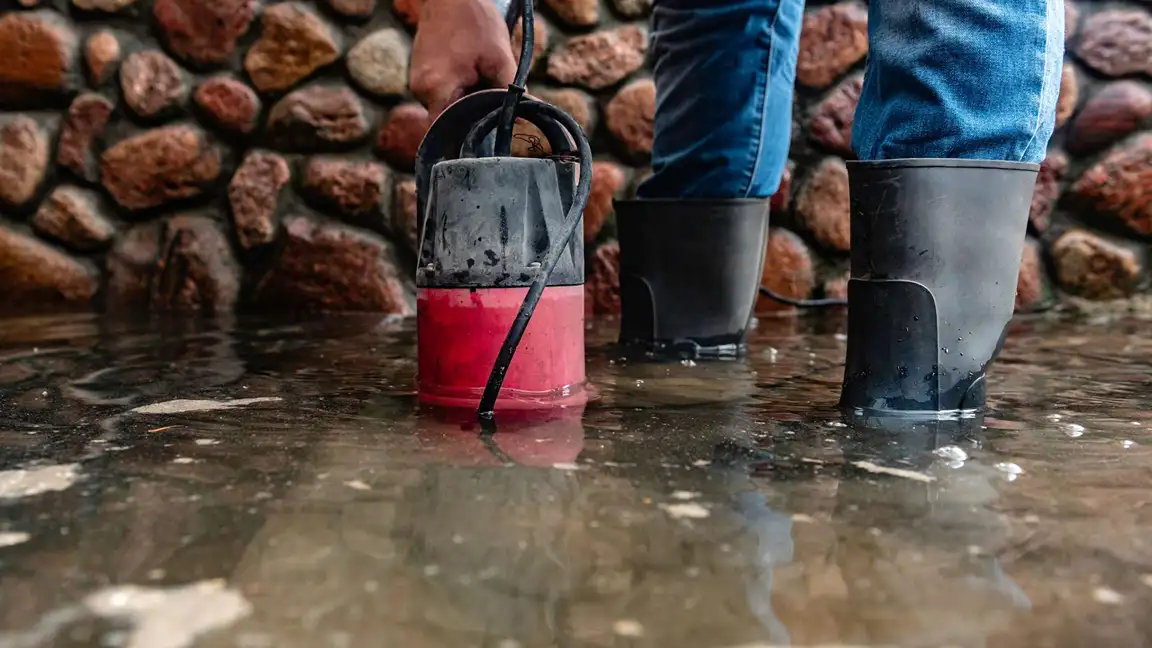
Introduction
In the world of water management, one piece of equipment stands out for its unparalleled adaptability, efficiency, and performance—the submergible water pump. From emergency flood control operations to large-scale industrial dewatering tasks, these pumps have proven their worth across a wide range of applications. Whether you’re dealing with a flooded basement, a mine shaft, or a construction site, a reliable submergable pump can make all the difference in preventing disaster and ensuring a quick recovery.
Designed to operate effectively underwater, submergible pumps are ideal for removing water in confined or submerged environments. They can handle various fluid types and conditions, from clean water to slurry and sewage. Over time, both submergible water pumps and submergable pumps have evolved to meet the demands of industries such as construction, mining, wastewater treatment, and agriculture. In this article, we’ll explore their many versatile uses, how they work, and what factors to consider when selecting the right pump for your specific needs.
1. What Is a Submergible Pump?
A submergible water pump is an electric pump designed to operate while fully submerged in the fluid it is pumping. Its sealed motor and housing allow it to remain watertight while pushing water to the surface. Unlike conventional pumps, which are positioned above the fluid and rely on suction to draw water, submergible pumps use direct pressure to lift liquids, making them far more efficient in many challenging conditions. Whether used in residential drainage systems or industrial applications, these pumps provide a reliable and effective solution for quickly moving water with minimal maintenance.
Key Features of a Submergible Pump
- Fully sealed motor for safe underwater operation
- Quiet and vibration-free performance
- Energy-efficient design due to reduced head loss
- Resistance to overheating, as the surrounding water keeps the motor cool
- Low maintenance thanks to enclosed components
These submergible pumps come in various types, such as:
- Slurry Pumps – designed for solids-laden water
- Sewage Pumps – used in waste management and treatment plants
- Well Pumps – for groundwater extraction
- Dewatering Pumps – for site drainage and fluid removal
Submergible water pumps and submergable pumps can be made from various materials such as stainless steel, plastic, or cast iron, allowing them to adapt to different environments, from freshwater lakes to industrial sludge. Their robust construction makes them suitable for a wide range of applications, from household use to large-scale industrial projects.
2. Flood Control and Emergency Water Removal
One of the most critical applications of a submergible water pump is flood control. Whether caused by extreme weather events, infrastructure failure, or rising water tables, flooding can lead to extensive damage to homes, commercial properties, and essential public infrastructure. The rapid deployment of a submergible water pump during these emergencies enables fast, efficient evacuation of water from affected areas.
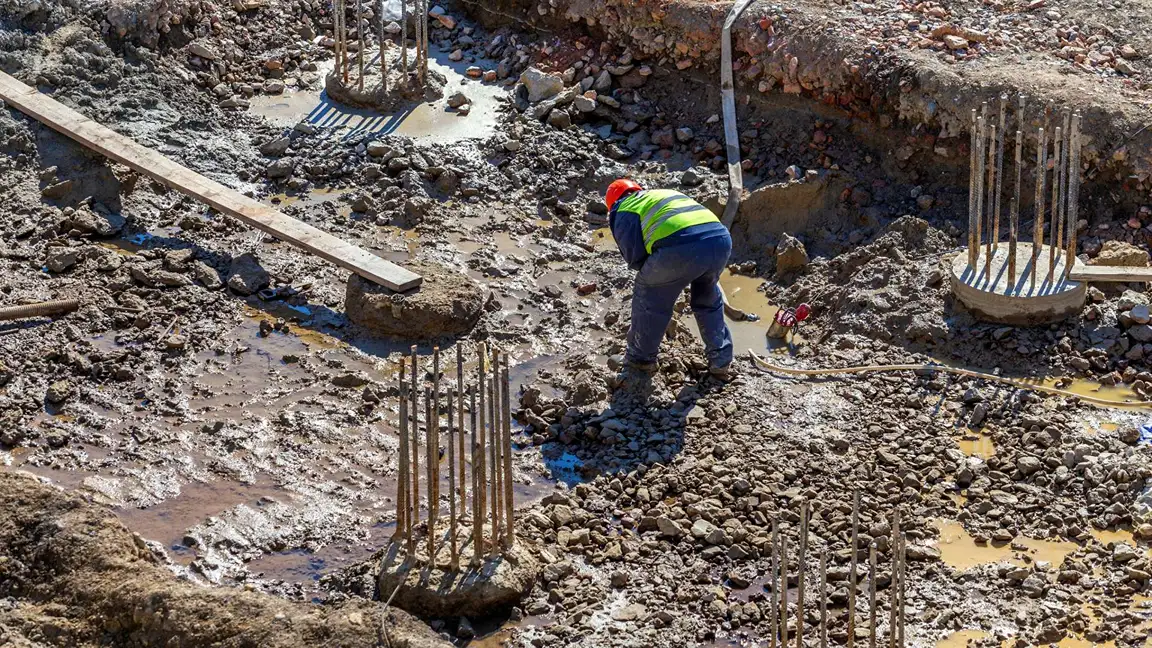
Emergency Flood Response
Municipalities, disaster relief agencies, and emergency services rely heavily on high-capacity submergible and submergable pumps to:
- Clear water from streets, basements, and underpasses
- Prevent prolonged water damage to buildings and electrical systems
- Maintain operational readiness of essential services like hospitals and transport hubs
Submergable pumps are particularly valuable in situations requiring quick action. They are easy to deploy, require minimal setup, and can operate continuously for extended periods without interruption. In urban flooding scenarios, a single submergable pump can remove thousands of gallons of water per minute, making it an indispensable asset for emergency response teams managing large-scale water intrusions.
In addition, these pumps are compact enough to be transported on small vehicles or boats, making them suitable for use in remote or hard-to-reach areas. Their reliability and performance under pressure ensure that critical services and infrastructure can return to normal much faster after a disaster. The versatility of a submergable pump also allows it to handle a wide range of fluid types, from clean stormwater to debris-laden floodwaters, with equal efficiency.
Real-World Example:
In 2022, a major flood event in Southeast Asia saw submergible pumps deployed around the clock to drain submerged highways and urban areas. Thanks to their portability, energy efficiency, and rapid installation, thousands of gallons of water were removed every minute. This quick action minimized long-term structural damage and helped cities recover more quickly, highlighting the vital role these pumps play in crisis management.
3. Dewatering Construction Sites
Construction projects often face challenges such as groundwater intrusion, heavy rainfall, or proximity to rivers, lakes, and coastlines. Effective water management is not only essential for maintaining a safe job site but also plays a key role in keeping projects on schedule and within budget. That’s where the submergible water pump comes in.
Why Use a Submergible Pump in Construction?
- Efficient drainage of trenches, pits, and foundations
- Continuous operation without frequent manual intervention
- Capability to handle dirty water with debris, silt, and small solids
A submergible water pump is commonly used in:
- Foundation excavation
- Tunnel boring
- Bridge construction
- Roadwork in low-lying or flood-prone areas
Water accumulation during construction can halt operations, increase equipment wear, and cause project delays. Submergible and submergable pumps provide an automated, efficient way to remove water from the site, reducing downtime and ensuring structural integrity. Because they are designed to withstand tough conditions, these pumps can operate for extended periods with minimal maintenance.
Additionally, a submergable pump is ideal for areas with limited access or confined spaces, offering a compact and powerful solution to keep construction zones dry. Their ability to operate submerged and unattended makes them superior to traditional methods such as sump pits, manual bailing, or vacuum trucks. By incorporating submergible water pumps into their dewatering strategy, construction teams gain an essential tool for improved site management and long-term efficiency.
4. Mining and Tunneling Applications
In the mining industry, water ingress is a constant hazard. Whether it’s underground mining, open-pit operations, or shaft drilling, managing water levels is vital for both worker safety and equipment functionality.
Submergible Pumps in Mining:
- Used for dewatering mine shafts, tunnels, and access roads
- Designed to handle corrosive, abrasive, and high-density slurry
- Operate reliably in remote, hazardous environments
Mining operations often rely on submergible pumps for keeping sites dry and safe. These pumps can handle extremely harsh conditions, including chemicals, high temperatures, and a mix of water and solid materials. They are particularly useful in slurry dewatering, where large volumes of liquid mixed with heavy particles need to be moved.
For example, heavy-duty submergable pumps are often used in gold or coal mines to remove groundwater mixed with sediment, reducing the risk of mine collapse or equipment damage. These pumps allow mining operations to run continuously, ensuring efficiency while protecting the workforce and machinery.
5. Agricultural and Irrigation Applications
Agriculture depends heavily on efficient water management, particularly in regions where groundwater is the primary or only water source. In such settings, the submergible water pump becomes a critical tool for irrigation, drainage, and maintaining healthy crop production. These pumps offer farmers a reliable solution for delivering water where it is needed most.
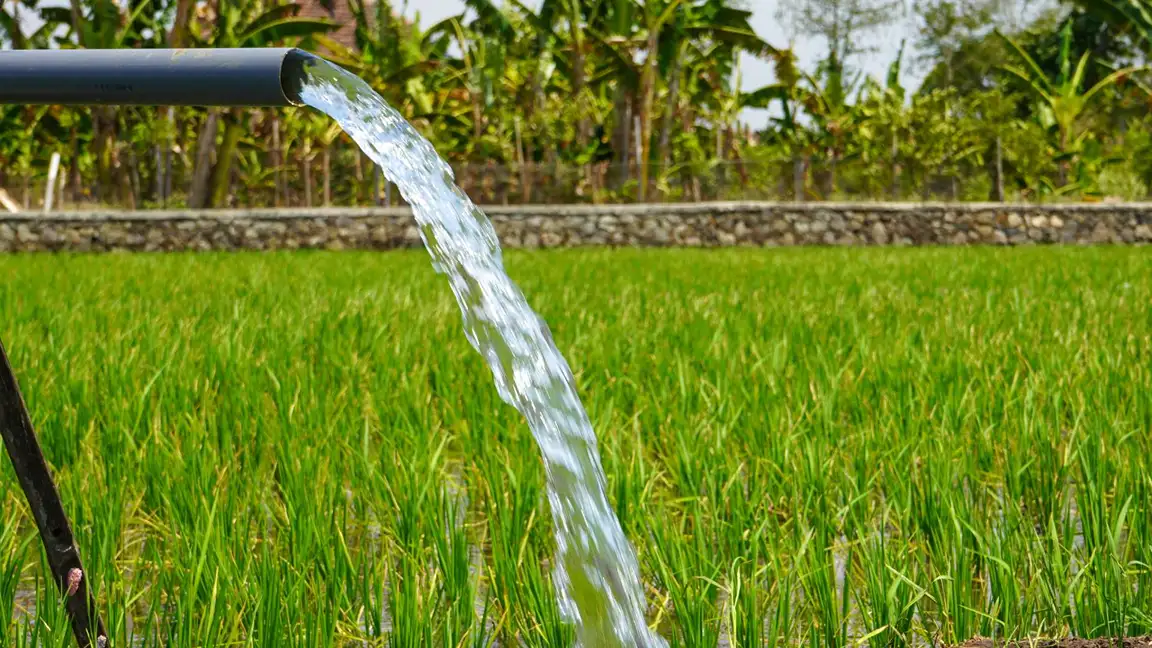
Use Cases in Farming:
- Irrigation pumping from wells, ponds, and reservoirs
- Drainage of flooded fields or waterlogged farmland
- Livestock water supply systems
- Aquaculture and fish farming tank maintenance
Agricultural operations often rely on submergible pumps to supply water to fields located far from municipal pipelines or during seasons of limited rainfall. These pumps are designed to draw water from deep underground or surface sources and distribute it efficiently through irrigation networks.
Submergible pumps are also used in modern farming systems to regulate water levels, drain excess moisture, and support hydroponic and aquaculture environments. Their ability to function in submerged conditions makes them ideal for use in harsh environments with muddy or silty water. Because they operate quietly and require minimal maintenance, these pumps help farmers reduce labor costs while improving the reliability of water delivery.
Whether it’s sustaining a vegetable farm during a drought or draining saturated soil after heavy rains, submergible and submergable pumps are essential tools for modern agriculture. Their consistent performance supports crop health, soil balance, and livestock care, ensuring agricultural productivity across diverse farming landscapes.
6. Wastewater and Municipal Infrastructure
Municipalities often use submergible water pumps in their sewer and wastewater systems. These pumps help transport raw sewage, stormwater, and treated water through various stages of the water treatment process.
Submergible Pump Roles in Public Infrastructure:
- Lift stations for moving sewage to higher elevation pipes
- Stormwater systems to prevent urban flooding
- Effluent discharge from treatment plants
- Backup systems during overload conditions
Municipal-grade pumps are typically large-capacity and designed with corrosion-resistant materials like stainless steel, bronze, or cast iron. Some are even fitted with impellers capable of chopping solid waste to prevent clogging. For cities with aging infrastructure, submergable pumps are critical in preventing sewage backups and flooding caused by heavy rainfall.
These pumps are designed for extreme reliability, handling everything from raw sewage to stormwater and even chemical waste, ensuring that systems function effectively in both routine and emergencies.
7. Industrial Dewatering and Process Water Handling
In the manufacturing and processing sectors, managing water and other fluids is a continuous challenge. Whether it’s draining water from a containment area or maintaining flow in a cooling system, the submergible water pump provides a dependable and efficient solution for industrial dewatering and process water handling.
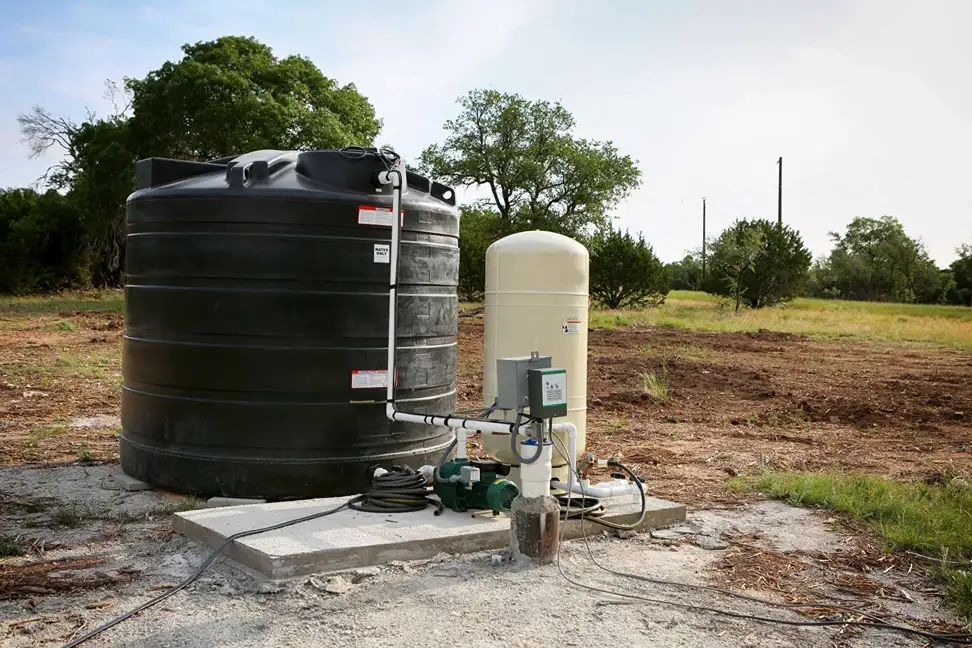
Common Industrial Applications:
- Cooling towers and boiler feed systems
- Industrial washdowns and process line drainage
- Liquid transfer in tanks and containment areas
- Contaminated water removal from basements or spill sites
A submergible pump can be integrated directly into machinery or fluid systems without taking up valuable floor space, which is crucial in crowded industrial settings. Additionally, these pumps are designed to resist corrosion and chemical wear, allowing them to safely process contaminated liquids and hazardous substances.
With the ability to work submerged, quietly, and with minimal maintenance, they help streamline fluid management in complex systems. Their reliability in demanding conditions reduces the risk of production delays and equipment failure, supporting seamless, round-the-clock operation across a wide range of industrial environments.
With the ability to work submerged, quietly, and with minimal maintenance, submergible pumps help streamline fluid management in complex systems. Their reliability in demanding conditions reduces the risk of production delays and equipment failure, supporting seamless, round-the-clock operation across a wide range of industrial environments.
8. Residential and Commercial Use
Submergible pumps also play a significant role in everyday life. From sump pumps in basements to decorative water features and swimming pools, their small-scale versions are both practical and affordable.
Typical Residential Uses:
- Sump pump systems to prevent basement flooding
- Well water extraction in off-grid homes
- Fountain and aquarium circulation
- Rainwater harvesting systems
For commercial buildings, these pumps manage drainage in parking lots, rooftops, and basements, especially in flood-prone zones. In residential areas, submergible pumps can help homeowners protect their basements from flooding or pump water from well systems. Moreover, they are commonly used for maintaining swimming pools, fountains, and garden irrigation systems.
9. Key Advantages of Using a Submergible Pump
Understanding the advantages of using a submergible pump helps explain why this equipment is widely adopted across sectors—from construction and agriculture to emergency services and heavy industry. Its design, performance, and reliability make it a go-to solution for countless water-handling challenges.
Core Benefits:
- No priming required – Already submerged and ready for immediate operation
- Compact footprint – Fits easily into narrow shafts, pits, and tight installations
- Quiet operation – Produces minimal noise, ideal for use in populated or residential areas
- Energy efficient – Lower head losses compared to traditional surface pumps
- Safe in wet conditions – Electrically insulated and designed for underwater use
A submergible pump eliminates the need for complicated priming procedures, reducing setup time and manual labor. Its submersion in water also allows it to cool naturally, preventing overheating and extending motor life. Whether it’s pumping wastewater, clean water, or slurry, a submergible pump handles each task with minimal maintenance and high efficiency.
In addition to energy and space savings, the system offers operational peace of mind. With built-in protection against leaks, overheating, and corrosion, it’s engineered for long-term durability even in harsh environments. For industries that demand continuous operation and minimal downtime, these pumps provide a cost-effective and highly dependable solution.
Conclusion
Submergible pumps offer a versatile, reliable, and energy-efficient solution for managing water in various scenarios, from flood control and industrial dewatering to wastewater management and residential water handling. Their ability to operate effectively underwater makes them indispensable tools for countless industries. Whether you’re an emergency responder, construction worker, farmer, or industrial manager, understanding the power of submergible pumps can ensure that water management is one less thing to worry about.
When choosing the right submergible pump, factors like capacity, material, and intended use should guide your decision. With the right equipment, you can ensure efficient, effective water removal, no matter the challenge.

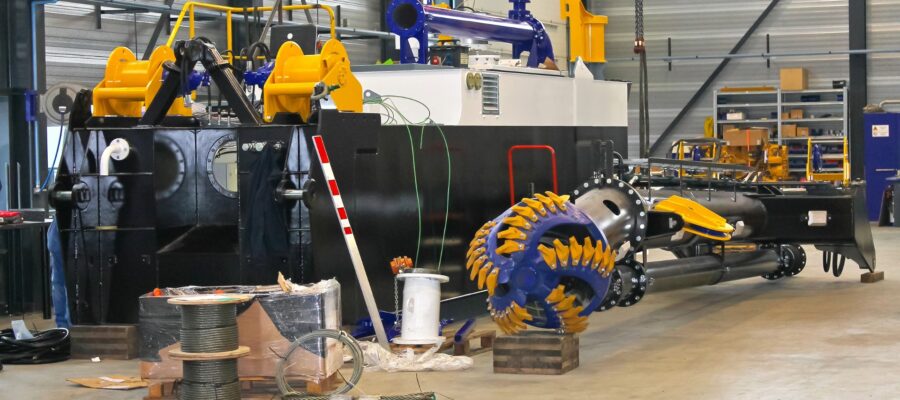

Post a Comment